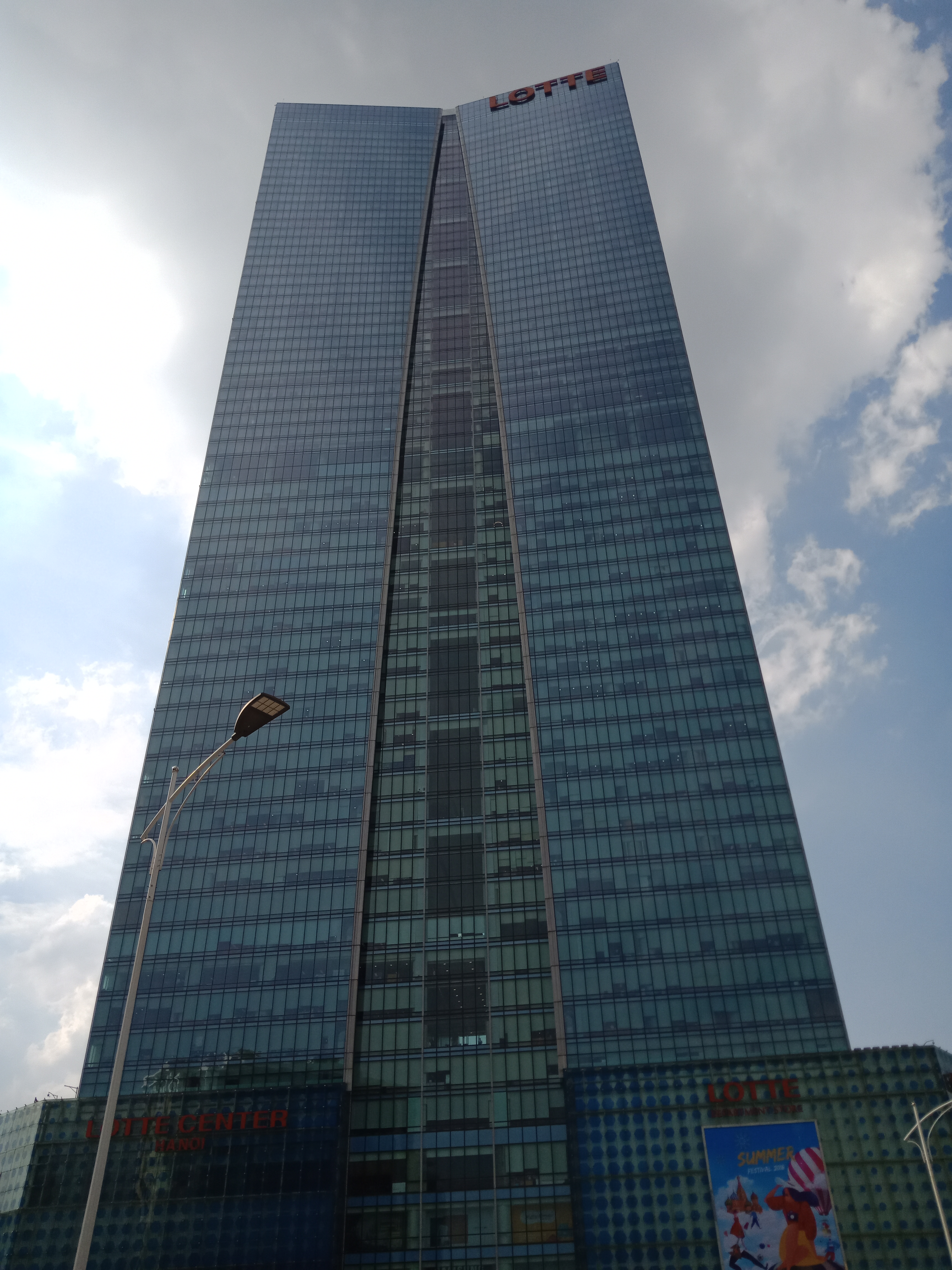
Passing around the narrow zig-zag of the alley on the way back to my house, just off Doi Can Street in Ba Dinh, Ha Noi, I notice that a building is missing.
Light passed through; there was space where there hadn’t been space before. A whole corner block had been torn down in a matter of days, though the starkness of its absence made it seem to me like it had vanished that second. Construction, and destruction, is more conspicuous than the traffic in Hanoi. Maybe not to a brief visitor, more enthralled by the density of population and motorbike traffic; of the acrobatic wonders of fruit and beer and live-animal transportation. In the confines of the Old Quarter, the ancient buildings of Hanoi catch the attention.
To one more settled in the city for a longer period of time, however, it’s the construction, or destruction, that entrance, the traffic having blurred into the background of noises and obstacles that become a part of everyday life. On the corner down the alleyway, an old house sits where an elderly couple in pyjamas sit serenely and watch as the traffic goes by, a twisted tree having grown and curved to become part of the side wall of the house. Their neighbours are ‘Hanoi Vape Brothers’ vaping accessory café and shop.
Between them, there was a corner, before it was just space and then it became blocks and noise and work. Drop a load of stuff outside. A big hape of sand or bricks in the alley outside the front door. Get to work. Add it to your house. Build another storey once you’ve saved up a few quid.
Hanoi is booming right now. New buildings appear, old ones renovated, glitzy 5 star apartment blocks working their way up adjacent to old wooden noodle shacks and family homes. Mouldy yellow buildings still full of life and beauty and wisdom.
You couldn’t count the skyscrapers on the skyline, never mind the cranes. The suburbs are an endless sprawl of anonymous tall buildings. Home and workplace and shopping all in one handy unit. The Korean Keangnam and Lotte Towers are the two tallest the buildings in the city. They’re not just buildings and company advertisements; they serve as beacons and landmarks to the adjacent districts of My Dinh and Ba Dinh. “Where do you live?” “Near the Lotte Tower”. “Where do you work?” “Also near the Lotte Tower.”
It makes an evil sound, all the building. When you move into a new house you need to make sure there’s no construction happening nearby. Experiences of the city are made, and and lost on whether or not your kept up at night or woken in the morning by banging, clanking, scraping, revving. And even if there is none right now, you can’t guarantee they won’t be starting tomorrow. They will some day.
Progress is relative. In the countryside, a different world with different lives from the capital, construction is also relatively booming. A well-off farmer or local politician might be building another storey onto his house, or a peasant might be building a shed to house more stock. The whole community will help, neighbours helping neighbours and the favour being returned in kind. Driving through a tiny hidden valley nestled in the steep mountains and dense jungles near Phong Nha-Ke Bang National Park, I drove through such a village. There were simple homes and simple existences being eked out. The topography suggested that it was difficult or unnecessary to leave the small valley with any regularity. The mountains acted as a shelter from the inside and out. Sheds were being erected where that farmer had had none; larger houses being extended proportionately; and suddenly I passed the ubiquitous matt green storefront of an Oppo phone shop, with immaculate franchise-standard interior, sitting side beside wooden stables and farmhouses. Progress is inevitable.

Back in the city, buildings go missing, stripped down overnight by a family – sometimes blood relatives, sometimes one formed through hard work – who move in for a week, or two, or more until the job is done. The skyscrapers of the New Hanoi take several months or years to complete. Shacks get demolished, pits get dug, stuff gets removed. Tents are erected on site, where the labourers live for the duration of the build.
Washing hangs on available hooks and racks and boards, and everyone sits down to an evening meal when the long day’s work is done. Lamps and floodlights illuminate the scene which looks like so many other workplaces in the country at this hour: dishes of meat and vegetables scattered on a bamboo mat, a stuffed rice cooker taking centre stage. One of the group scoops out rice with a large paddle and distributes the bowls, while everyone gathers cross-legged in a circle as a family; joking, laughing, listening, telling stories, before sleep. There’s always more work tomorrow.